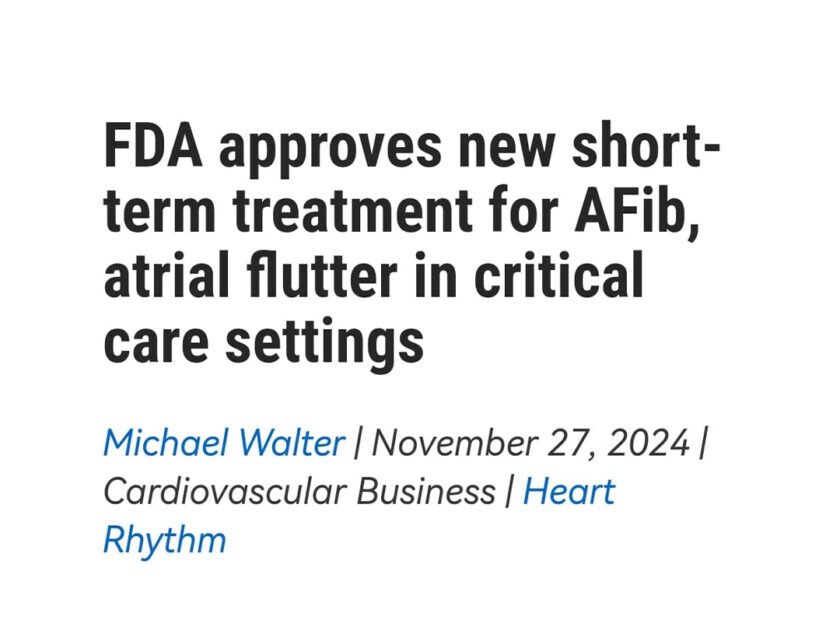SUMMARY of clinical guidelines: Diagnosis and Management of Heart Failure with Preserved Ejection Fraction in Primary Care : Diagnosing and Managing HFpEF (Heart Failure with Preserved Ejection Fraction)
SUMMARY of clinical guidelines:
Diagnosis and Management of Heart Failure with Preserved Ejection Fraction in Primary Care : Diagnosing and Managing HFpEF (Heart Failure with Preserved Ejection Fraction)
Source: Primary Care Hacks (Medscape UK)
Published: May 2, 2025
Authors: Dr. Patricia Campbell, Dr. Eimear Darcy, Dr. Kevin Fernando
1. What is HFpEF?
• A type of heart failure where the heart pumps normally (preserved ejection fraction), but doesn’t fill properly.
• Common in older adults and twice as common in women.
• Often linked to conditions like diabetes, obesity, hypertension, CKD, AF, and inflammation.
2. When to Suspect HFpEF in Primary Care:
• Patients with ankle swelling using diuretics without a clear heart failure diagnosis.
• Symptoms: shortness of breath, reduced exercise tolerance, fatigue, swelling.
• Signs may include: raised JVP, lung crackles, peripheral edema, heart murmurs, ascites.
• Atypical symptoms include: dizziness, palpitations, bloating, confusion.
3. Testing and Referral Steps:
• Check NT-proBNP levels.
• Perform ECG, chest X-ray, blood tests (including iron, kidney, thyroid).
• Rule out other conditions like COPD, asthma, obesity, anaemia.
• Use frailty scale for patients >65.
• Refer to cardiology or HF service if HFpEF is suspected—even if NT-proBNP is normal (especially in obese patients).
4. Initial Management While Awaiting Referral:
• Use loop diuretics (e.g., furosemide) for fluid overload.
• Start an SGLT2 inhibitor (dapagliflozin or empagliflozin 10mg daily).
5. Main Therapies Recommended:
• SGLT2 inhibitors are the only class with proven benefit in HFpEF.
• Diuretics for symptom control, not mortality benefit.
• Avoid beta-blockers unless needed for AF or angina.
• Future treatments under study: finerenone, semaglutide, tirzepatide (especially in obese patients).
6. Other Important Interventions:
• Treat related conditions: diabetes, CKD, high blood pressure, obesity, anaemia, AF.
• Encourage physical activity and refer to cardiac rehab.
• Check for sleep apnea, depression, frailty.
• Promote salt reduction, smoking cessation, alcohol moderation.
• Stay updated on vaccinations.
• Consider individualized care plans for patients with severe frailty or approaching end of life.
7. Prescribing Notes & Warnings:
• Avoid NSAIDs, pioglitazone, and some DPP4 inhibitors (like saxagliptin).
• Monitor for potassium issues; use MRAs where appropriate.
See below for more information in this regard.
• Adjust insulin/sulfonylurea doses when starting SGLT2 inhibitors.
• Discuss contraception and pregnancy risks in women of childbearing age.
Note:
. MRAs (Mineralocorticoid Receptor Antagonists) like spironolactone or eplerenone can be helpful in certain heart failure patients, but in HFpEF, their use is more selective. Here’s when they may be appropriate:
When is an MRA appropriate in HFpEF?
1. If the patient has signs of fluid overload + low potassium (K+):
• Instead of giving potassium supplements alone, you can consider starting or increasing an MRA, as MRAs help retain potassium and reduce fluid retention.
2. If there’s coexisting hypertension that’s not well controlled.
• MRAs may help lower blood pressure and improve symptoms.
3. If the patient has been hospitalized with HFpEF and is at higher risk of recurrence or has elevated BNP/NT-proBNP, an MRA may be added—especially if SGLT2i and diuretics are already in use.
4. If there are signs of aldosterone excess (e.g. resistant hypertension):
• MRAs block aldosterone and help reduce cardiac fibrosis and vascular stiffness.
5. If tolerated in terms of kidney function and potassium level:
• eGFR should be ≥30 mL/min/1.73 m²
• Serum potassium should be ≤5.0 mmol/L before starting
• Regular monitoring is essential after starting
When NOT to use MRAs:
• Severe kidney disease (eGFR <30)
• High potassium (>5.0)
• History of hyperkalemia with MRA use
• Poor monitoring access (risk .
of undetected hyperkalemia)


